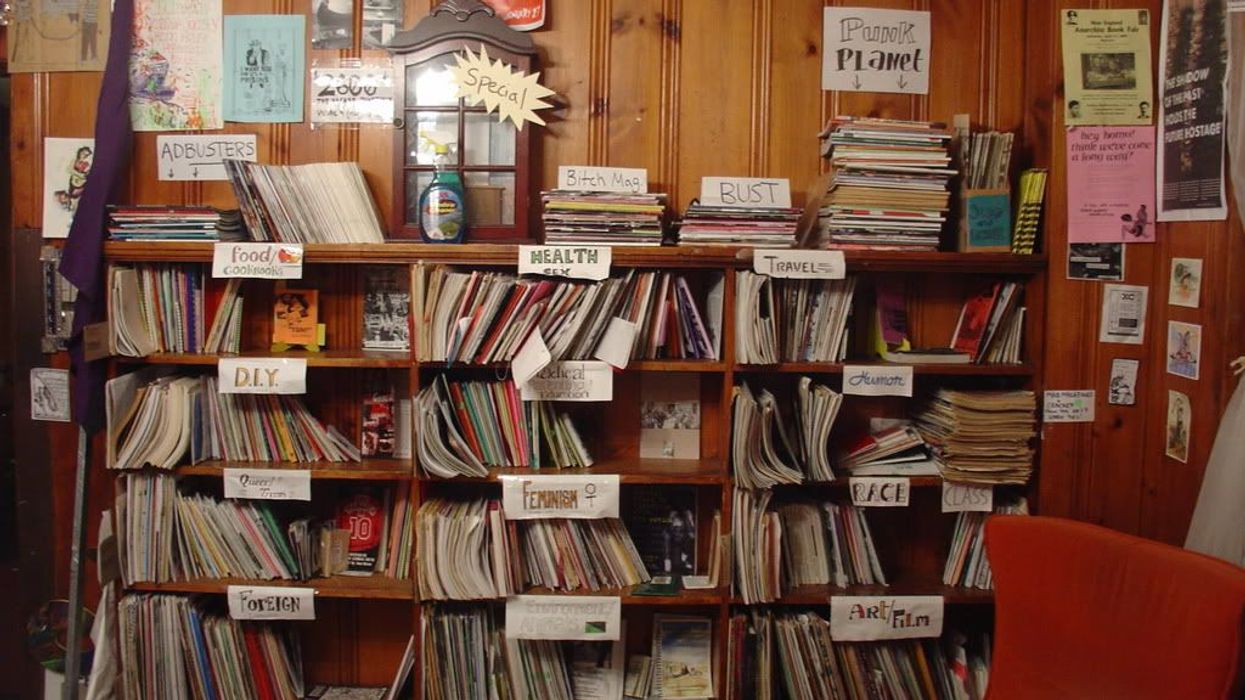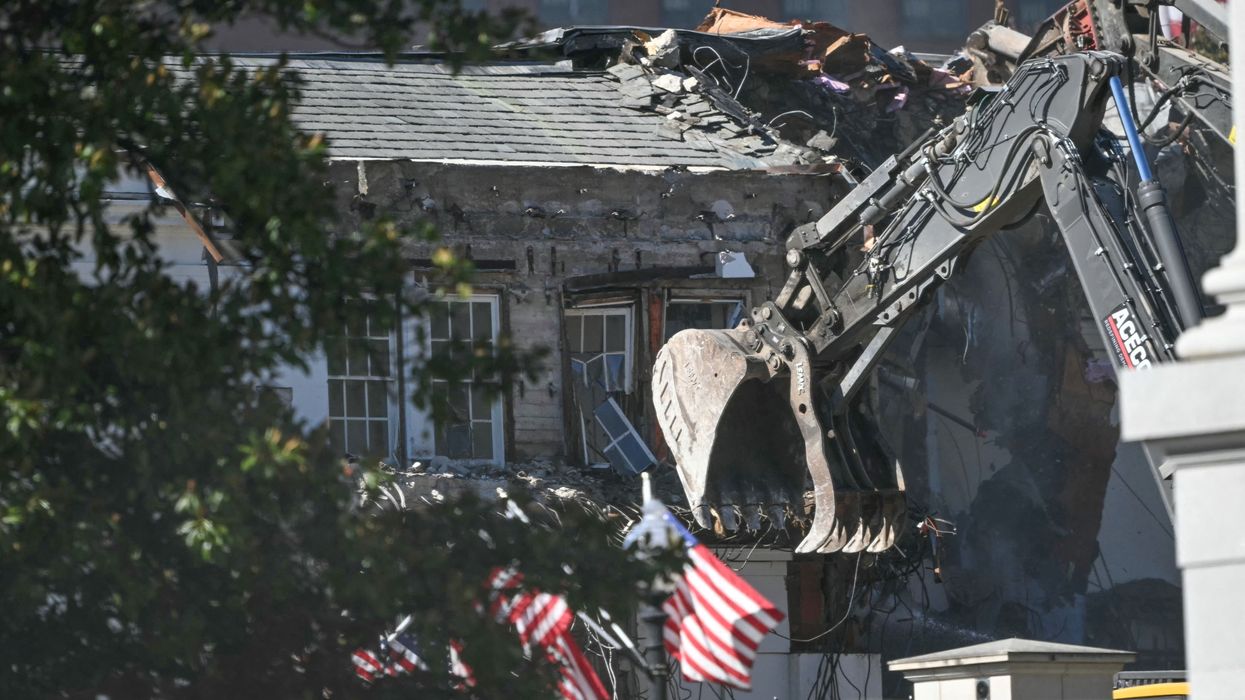Robert Hutchins warned that democracy dies not from ambush but from "apathy, indifference, and undernourishment." We refuse all three. Citizens have stopped juggernauts before. Echo Park Dam died when Americans decided that national parks were inviolate, forcing Congress to abandon a project already funded and designed. Storm King Mountain survived when fishermen and debutantes united to establish that citizens have standing to defend public resources in court. The Lower Manhattan Expressway never broke ground because Jane Jacobs and her neighbors proved that affected communities must be heard before concrete pours. Keystone XL collapsed after a decade of permit fights raised costs beyond what investors would bear. The Atlantic Coast Pipeline terminated when legal challenges made risk exceed reward. Each victory followed a pattern: Meticulous documentation met sustained pressure met escalating costs met political exposure met capitulation. None relied on outrage alone. All transformed fury into filing systems.
The pattern is clear: Documentation plus pressure plus cost plus exposure equals capitulation. But pattern without purpose is merely mimicry. We study these victories not to copy their tactics but to extract their essence: how citizen movements transform government overreach into government retreat. The East Wing lies in rubble, yes, but the larger assault is on process itself, on the idea that democracy requires permission before power acts. Our response must therefore be more than obstruction. It must be construction: building a legal record, a political cost, and a civic precedent that makes this demolition democracy's gain. What follows is not a lamentation but a blueprint, drawn from democracy's past victories and aimed at preservation's future protection.
The house at 1600 Pennsylvania Avenue belongs to the people, not to any temporary occupant.
Our objectives cascade from immediate to transformative. First, we halt further destruction through emergency legal action while building an administrative record that compels review. Second, we force full compliance with preservation law, environmental standards, and safety regulations, making each day more expensive than planners imagined. Third, we secure either significant design modifications, meaningful mitigation, or project abandonment, depending on what facts and pressure produce. Fourth, we establish precedents that close the loopholes exploited here, ensuring no future administration can demolish first and explain later. Finally, we transform this destruction into democracy's gain: proof that citizens armed with law and persistence can check executive excess, a template for resistance that travels beyond preservation to every domain where power overreaches. These are not wishes. These are waypoints.
The coalition capable of these transformations already exists in pieces waiting for assembly. Preservation groups have standing under the National Historic Preservation Act when consultation was skipped. Environmental organizations can sue under the National Environmental Policy Act when impacts were ignored. Labor unions can file complaints when workers face exposure to asbestos and other unsafe conditions. Transparency advocates can litigate under the Freedom of Information Act (FOIA) when records are withheld. Financial accountability groups can pressure investors and insurers as risks rise. Democracy organizations can demand hearings when process is violated. Each group brings expertise, each expertise brings leverage, and leverage compounds when coordinated.
We stand on foundations built by democracy's defenders. The American Civil Liberties Union teaches us to build records that survive judicial scrutiny. Democracy Docket shows how emergency motions can freeze bulldozers. The Brennan Center demonstrates how governance law creates obligations that cannot be waived. Public Citizen proves that regulatory enforcement can accomplish what courts cannot. We are not inventing tactics. We are applying proven methods to fresh outrage.
Implementation begins with paper because paper creates predicates for everything that follows. File FOIA requests at the White House, General Services Administration, National Capital Planning Commission, Commission of Fine Arts, and Secret Service for permits, plans, correspondence, and security assessments. Submit complaints to the District of Columbia Department of Energy and Environment for dust, diesel, and runoff violations. Report safety violations to the Occupational Safety and Health Administration for fall protection, egress, and hazard communication failures. Demand consultation records from the Advisory Council on Historic Preservation and the State Historic Preservation offiecer. Each filing creates a clock, each clock creates a deadline, and deadlines create leverage when authorities must respond or face their own legal exposure. Paper creates the predicate. Money creates the pressure.
Money moves when risk rises, yet the administration hides its financial trail behind claims of private funding and executive privilege. This opacity itself violates federal transparency requirements and becomes our first leverage point. The absence of public contracts, disclosed budgets, and identified funders tells its own story of irregular process. We make risk visible through investigation and exposure. Insurance underwriters for any contractors we identify need documentation of violations gathered through citizen photography, FOIA responses, and whistleblower accounts.
Where specific banks and bonds remain hidden, we target the sector: Construction lenders learn their exposure through public campaigns, surety companies receive notices about federal project requirements, and institutional investors in major construction firms face shareholder resolutions about reputational risk. The secrecy itself becomes the story. Each hidden detail uncovered through investigation gains power precisely because it was concealed. The goal is not harassment but education: ensuring every potential enabler understands that anonymity provides no immunity from liability.
While we work the paper trail and money trail, we must also work the public eye. Visibility amplifies pressure because sunshine remains democracy's best disinfectant. The administration's refusal to allow normal inspections becomes evidence itself. We create our own documentation: photographs with timestamps, videos with metadata, satellite images showing changes, expert affidavits analyzing violations, sworn statements from witnesses. The absence of official oversight makes citizen documentation more powerful, not less. Publish through multiple channels: traditional media for credibility, social media for virality, specialized press for expertise, international outlets for shame. Create narrative continuity: daily violation updates, weekly revelations about hidden funding, monthly progress toward our transparent objectives while theirs remain concealed. Name names carefully but consistently: contractors who continue work, officials who skip process, donors who write checks. Build an archive that becomes the foundation for hearings, litigation, and history. Facts without dissemination die in filing cabinets. Facts with wings become forces.
Democracy's true foundation lies not in buildings but in boundaries that even presidents cannot cross.
Political oversight emerges when documentation meets constituent pressure meets media coverage meets committee jurisdiction. Representatives need specific asks: Democrats on House Oversight should immediately schedule hearings with subpoena power, any member can request Government Accountability Office investigations, senators can place holds on related nominations until answers arrive. Committees need road maps: House Oversight for process violations, Natural Resources for preservation failures, Transportation and Infrastructure for construction oversight, Appropriations for funding questions. Witnesses need assurances of protection: whistleblower attorneys, secure communications, documentation protocols, support networks. Hearings need preparation by committee staff working with preservation organizations, investigative journalists, and citizen groups who've gathered evidence. Politics responds to persistence more than passion. Three constituents calling weekly outweigh 300 signing once.
When documentation and political pressure converge, litigation becomes the hammer. The National Historic Preservation Act requires consultation that clearly did not occur. The National Environmental Policy Act mandates impact assessment that was skipped. The Federal Records Act prohibits destruction of documents that may have disappeared. The Administrative Procedure Act forbids arbitrary and capricious action, which demolition without review exemplifies. Standing exists for preservation groups, neighbors, historians, and arguably any citizen whose heritage was stolen. Remedies range from temporary restraining orders to permanent injunctions to damages to mandamus compelling proper process. Even unsuccessful suits surface documents through discovery, create delay through procedure, and impose costs through defense. The courthouse is not the only venue, but in this era of executive overreach, it often proves the most powerful.
Timeline becomes strategy when pressure synchronizes with opportunity. Phase One establishes the record through mass FOIA filing, safety and environmental complaints, and initial contractor contacts. Phase Two analyzes responses, files initial lawsuits, escalates investor pressure, and builds media narrative. Phase Three seeks preliminary injunctions, holds initial hearings, publishes major investigations, and assesses contractor defections. Phase Four maintains indefinite pressure: enforcing victories, codifying new protections, and preparing for the next assault. Each phase documents every violation and establishes triggers for escalation or negotiation. Success might come quickly through an early injunction or slowly through accumulated costs. The plan adapts, but pressure never releases.
Victory has faces. Minimum victory: Full documentation enters the permanent record, creating evidence for future accountability and prevention. Moderate victory: Design modifications reduce harm, mitigation addresses damage, and public process governs remaining work. Maximum victory: the Project halts, redesign respects history, and those responsible face consequences. Transformative victory: New legislation closes loopholes, preservation becomes politically sacred, and citizens discover their power. Any victory beats surrender. Every victory builds toward the next. The measure is not whether we restore every stone but whether we establish that stones cannot be removed without permission.
This is how disasters become democratic gains. The house at 1600 Pennsylvania Avenue belongs to the people, not to any temporary occupant. Memory is the mortgage we have never missed, the deed we will never surrender. When dawn brought rubble where history stood, it also brought clarity: A republic that allows process to be optional will soon find democracy optional too. We answer not with violence or vandalism but with the tools democracy provides: transparency that embarrasses, law that constrains, costs that accumulate, and politics that punish. Each violation documented today becomes evidence tomorrow. Each dollar spent on lawyers becomes unavailable for luxuries. Each day delayed is a day democracy wins.
Frederick Douglass knew that "power concedes nothing without a demand." We make that demand through every channel democracy provides. Let those who gamble with our inheritance learn what Echo Park Dam taught, what Storm King Mountain proved, what Keystone XL demonstrated: that citizens armed with facts and law and time can stop anything, that money fears exposure more than regulation, that even presidents must eventually answer to process. The reckoning follows, patient as gravity, certain as memory. Step by careful step, document by document, hearing by hearing, until democracy's antibodies overwhelm this infection. Until those who thought they could build on rubble discover they have built on sand. Until the next demolition crew thinks twice, thinks three times, and thinks better.
John Philpot Curran understood that "the condition upon which God hath given liberty to man is eternal vigilance." That vigilance begins here, with this violation, with this response. Restore sequence. Restore sunlight. Restore the understanding that in a republic, the people's house requires the people's permission. Not for aesthetics. Not for nostalgia. For the principle that process precedes power, that memory matters more than monuments, that democracy's true foundation lies not in buildings but in boundaries that even presidents cannot cross. This is how we turn catastrophe into catalyst. This is how the resistance remembers how to resist. This is how democracy proves it deserves to survive.


